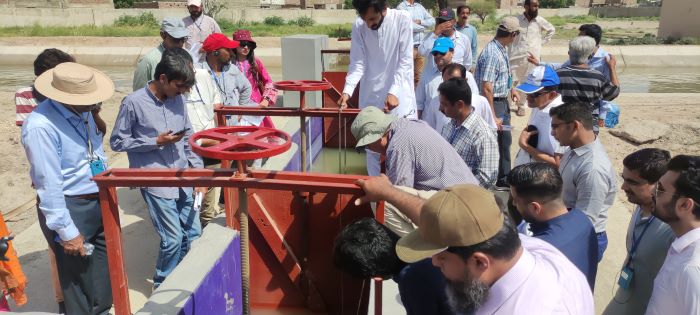
American water experts start training of irrigation engineers of Sindh and Punjab in Hyderabad
By Rehan Khan Khushik
Hyderabad, Sindh
Sindh government has decided to introduce the Main Canal Modernization Program with the help of the World Bank to improve channel system, the old irrigation system, to cover the losses of water, seepage and to ensure the fair water distribution system for tail-end growers.
The Task Team leader of the World Bank Francois Onimus has arrived here to monitor the canal modernization training of irrigation officials of Sindh and Punjab at Hyderabad region.
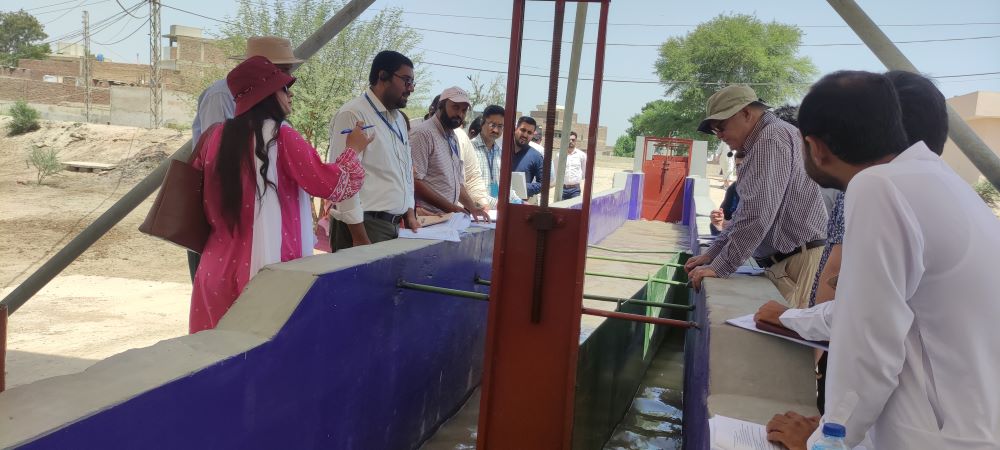 Meanwhile, following the guidelines of the World Bank, renowned international water experts Dr. Charles Burt, chairman of ITRC Irrigation Training and Research Center California US, and Dylan Goodwin water expert of ITRC have started the training to the irrigation officials of Sindh and Punjab irrigation departments to introduce the canal modernization systems in irrigation networking system at Hydraulic laboratory in Hyderabad.
Meanwhile, following the guidelines of the World Bank, renowned international water experts Dr. Charles Burt, chairman of ITRC Irrigation Training and Research Center California US, and Dylan Goodwin water expert of ITRC have started the training to the irrigation officials of Sindh and Punjab irrigation departments to introduce the canal modernization systems in irrigation networking system at Hydraulic laboratory in Hyderabad.
Initially, a pilot project is being started on the main canals under the management of SIDA (Sindh Irrigation Drainage Authority) through SWAT project funded by World Bank.
“Jariki minor left bank area in Badin, Ghundran at Nara Canal in Sanghar and Mirpur Minor at Ghotki were proposed for pilot project for canal modernization in Sindh initially,” Pretam Das, Managing Director SIDA told during the training to the officials of irrigation departments of Punjab and Sindh.
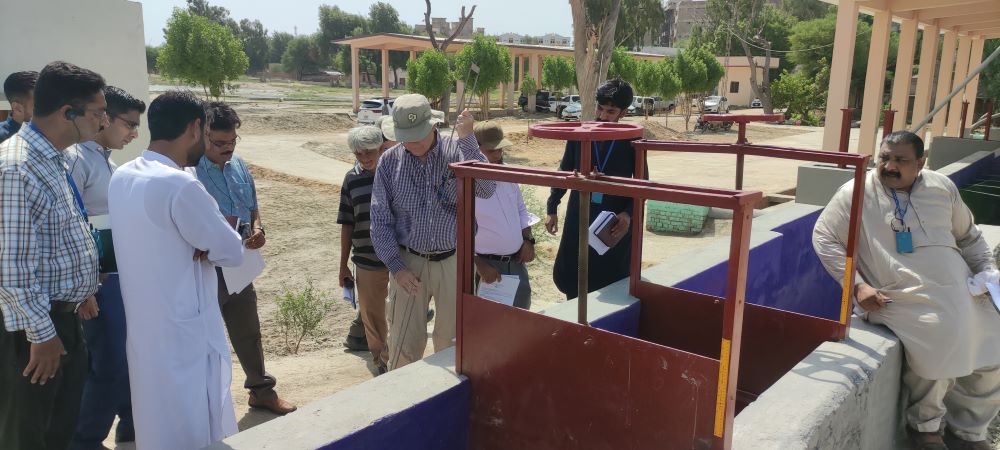 “A total of 15 canals will be modernized under the Sindh Water and Agriculture Transformation project funded by WB to improve the irrigation networking for channelizing the water through proper way,” he said.
“A total of 15 canals will be modernized under the Sindh Water and Agriculture Transformation project funded by WB to improve the irrigation networking for channelizing the water through proper way,” he said.
“Under the management of SIDA, one canal will be selected and tested from the existing Area Water Boards,” Pretam Das said.
“Main Irrigation Hydraulic Laboratory and Main Physical Module has been established,” he added.
“WB Representatives reached Pakistan to train the irrigation engineers of Sindh and Punjab on the new program,” he said.
“Under the Canal Modernization, the water level will be maintained by creating a long crest in the canal, which will facilitate equitable distribution of water,” Ahmed Junaid Memon, UN FAO program manager briefed.
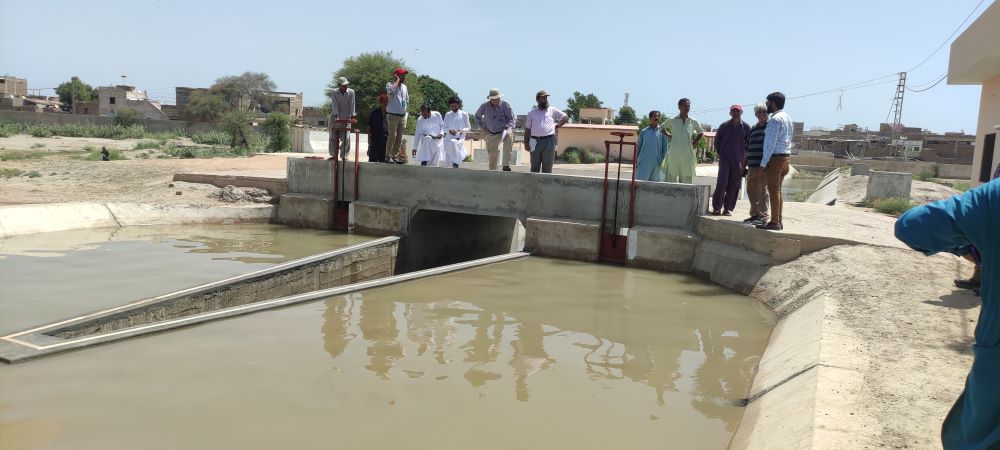 “The irrigation department of Sindh has continued the manual system of managing the distributaries but after modernization of the canals, the distributaries will be maintained through farmer organizations that will reduce cost level and will cover the loss of water,” Ahmed Junaid Memon said.
“The irrigation department of Sindh has continued the manual system of managing the distributaries but after modernization of the canals, the distributaries will be maintained through farmer organizations that will reduce cost level and will cover the loss of water,” Ahmed Junaid Memon said.
“Water management will be easy under this system, as a farmer can also check how much water is flowing”, he said.
“Under the new system, water distribution will be made transparent by maintaining the water level,” Dylan Goodwin water expert from Center California briefed to the irrigation engineers.
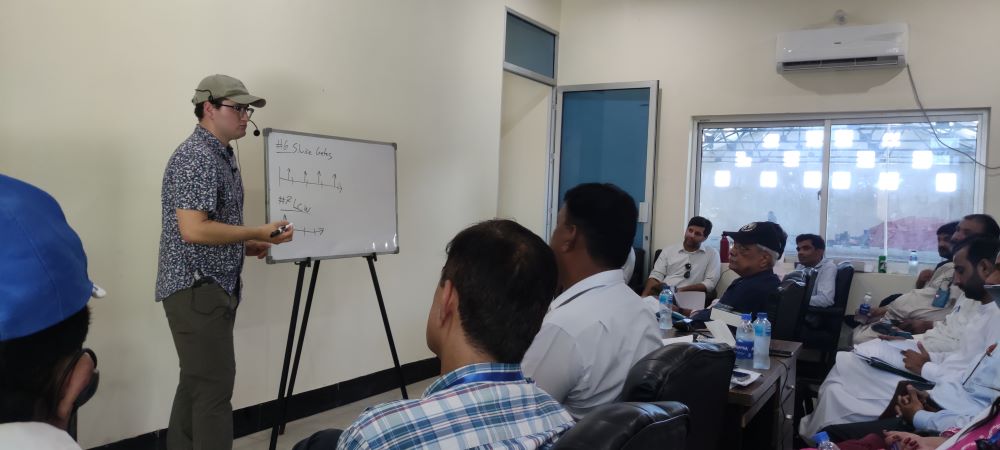 “Such type of flows of water were maintained with different methods successfully in US regions and no any such issues happened there because the modernization method is unique and easy to operate,” said Dylan Goodwin.
“Such type of flows of water were maintained with different methods successfully in US regions and no any such issues happened there because the modernization method is unique and easy to operate,” said Dylan Goodwin.
“The delegation of water experts from provinces of Pakistan will also be trained in US to implement such methods in canal modernization at irrigation systems in Pakistan”” he said.
“In Pakistan, there is commonly wide spread assumption that regulation of water is personally modulized and randomly operated; there seems no agreement between irrigation authorities and farmers organization, therefore it has become more complicated; no design existed or practiced, consecutively there is inequitable irrigation system,” Dr. Charles Burt chairman ITRC US California, said.
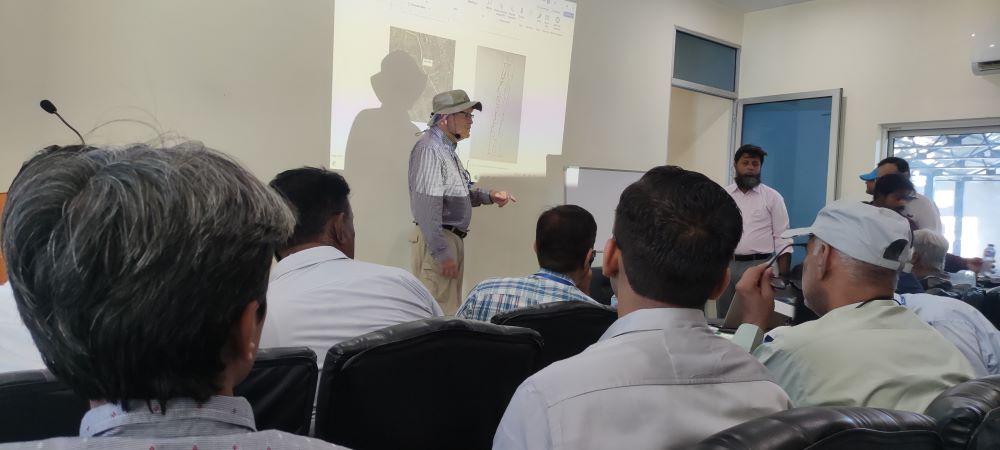 “Through maintaining the weirs of distributaries and channels, the water will be maintained according to requirements up and down by following the long crested weirs and constant head outlets,” Dr. Charles Burt said. Habib Ursani, Director Hydraulic laboratory of irrigation department at Hyderabad also gave briefing.
“Through maintaining the weirs of distributaries and channels, the water will be maintained according to requirements up and down by following the long crested weirs and constant head outlets,” Dr. Charles Burt said. Habib Ursani, Director Hydraulic laboratory of irrigation department at Hyderabad also gave briefing.
The training at hydrology lab focused on historical proportional control versus control with more cross regulators, Influence of water levels on outlet flow rates, hydraulic of cross regulators – long crested weirs versus sluices gates, operation of canal with upstream control by cross regulators, results of new operations, dynamic with operators, field personal and farmers.
_______________